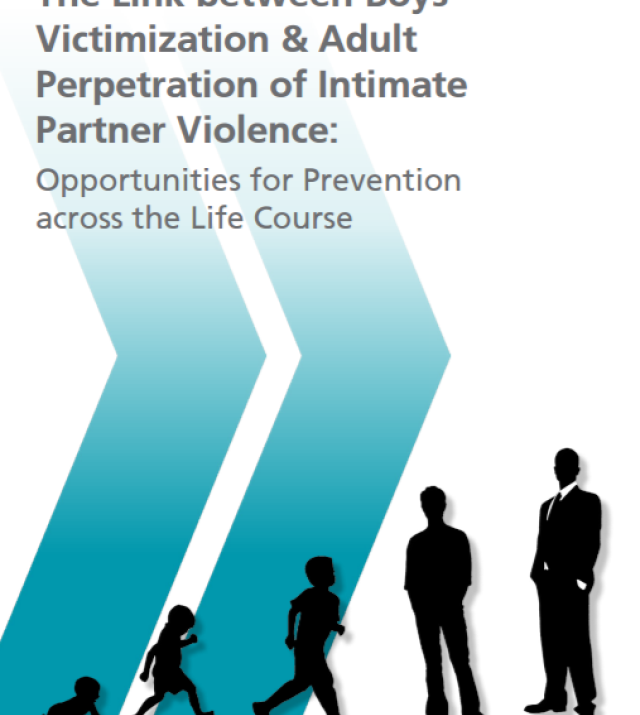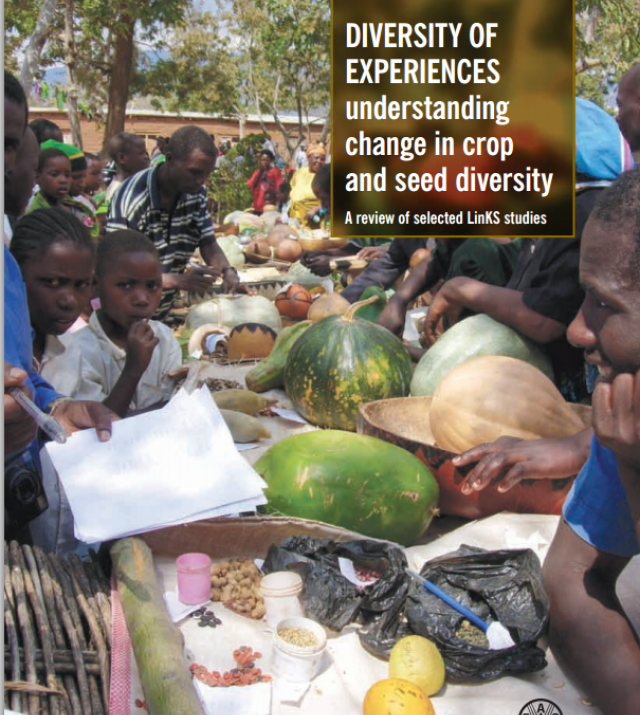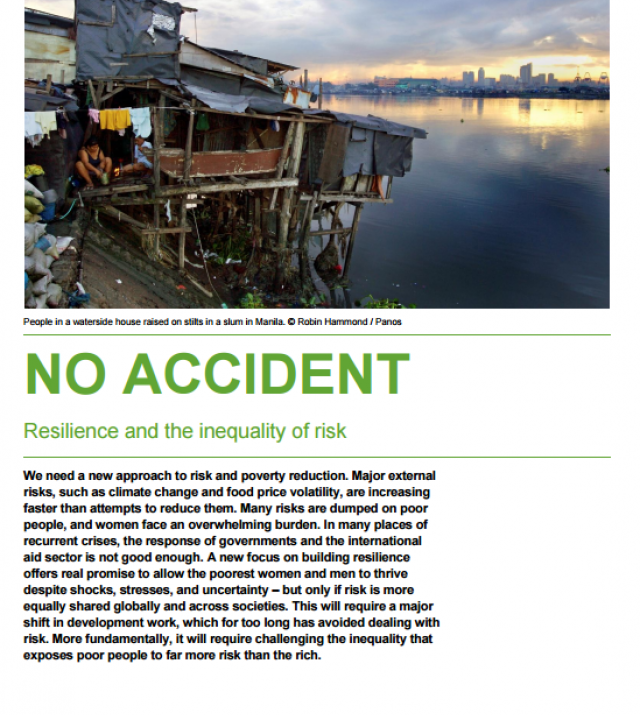
Does Gender-Based Programming Really Lead to Empowerment? A Discussion on Unintended Positive and Negative Impacts of Program Activities
Moderator: Kristi Tabaj, Senior Specialist, Child Hunger and Agriculture, Save the Children/TOPS Program
This session challenged participants to critically think about program activities and their results related to family and community dynamics, household responsibilities and labor, and gender-based violence. The session began with an example of an activity in a USAID program in Uganda that aimed to empower women by working to improve yields of banana, a crop that women almost exclusively grew. The intervention succeeded in increasing yields and profits upon selling, but the implementer did not anticipate men selling the crop and using the money to purchase items that were not intended for household use. The unintended consequence of the men resenting the success of the women in the community created intrahousehold conflicts between men and women.
Program activities can sometimes disrupt an established balance between men and women, leading to conflict in both households and communities. Activities can lead to unintended positive impacts also. An example of the Care Group model from a program in Mozambique has shown success in increasing the perceived level of respect among female volunteers within their own households and throughout the community. Survey data also showed a reduction in the number of female participants believing violence against women is acceptable.
Following the two examples, participants were asked to assemble into small groups to discuss unintended positive and negative consequences from their program implementation experience. Both emergency and development programs were represented in discussions. In addition to offering examples, participants shared some of their views around the unrealistic expectations of involving women in challenging environments and the need to take steps to try and meet donor expectations without causing harm to program beneficiaries.
The Way Forward: Participants made recommendations in the following areas:
Knowledge Sharing
There needs to be better knowledge sharing around unintended consequences. A cultural shift is necessary in how we discuss our work with more focus on reporting on ‘failures’ and extracting this information from reports.
More information is needed on constructive male engagement- especially in the context of food security and agriculture
Promising practices should be identified for emergency programs that are low-cost and creative and that can respond to different gender needs
Use the TOPS small grants program to study best practices and lessons learned in integrating gender into development and emergency programs
Monitoring and Evaluation
For gender indicators, quantitative information or data may not give a good picture of gender perspectives. Quantitative information should be supplemented with discussion of gender issues in a qualitative manner with narrative.
More thought is needed around gender monitoring and evaluation within the project cycle: at what points does it best fit in, and to what degree should gender M&E stand alone?
Program Design
Communities need to be better involved in the design of every project, and cultural norms, too, need to be acknowledged.
Gender issues are very program specific. It is necessary to undertake program and context-specific analysis in every new situation.
Donor Policy and Practice
Standard gender Indicators should be required for all programs, just like the environmental indicators that are now included
How can donors better develop gender sensitive programming in contexts that are culturally conservative?

